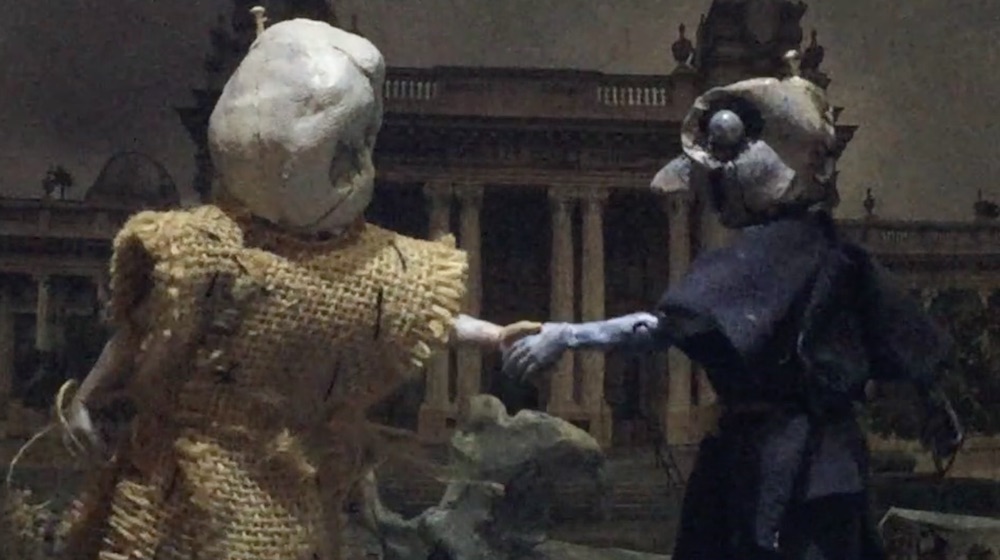As in all of my artwork, the process of creating this piece relied on a leap of faith. I didn't have a vision of its finished appearance but instead worked in stages of the unknown -- not knowing exactly where I was going while relying on my experience and skills and having faith in my abilities of creation.
Similar to many of my other recent paintings, prior to painting in acrylic and oil, I first formed the three-dimensional surface with clay. As the clay dried, it cracked naturally, creating an effect that resembles fossilized forms, a reminder of our own vulnerability in this world.
This painting furthers my ongoing Abstract Intermission series: In the battles of life, there is loss, persistence, and deliverance. Some of these episodes, more dramatic than others, serve as pillars or beacons in our own timelines. Then there are the lulls or periods of recovery from and preparation for past and future battles -- the necessary intermissions in between that often feel nameless but impact us nevertheless, sometimes in more important ways than the memorable events of our pasts. Sometimes we meander along our amorphous, cracked, or abstract thoughts. Our plans for the future are never definite and our memories constantly change. Nothing lasts forever. Like Tyler Durden says in Fight Club: Even the Mona Lisa's falling apart.
Fossil I (Intermission XII), 36" x 48", oil, acrylic, clay, epoxy resin, wood panel, 2016








